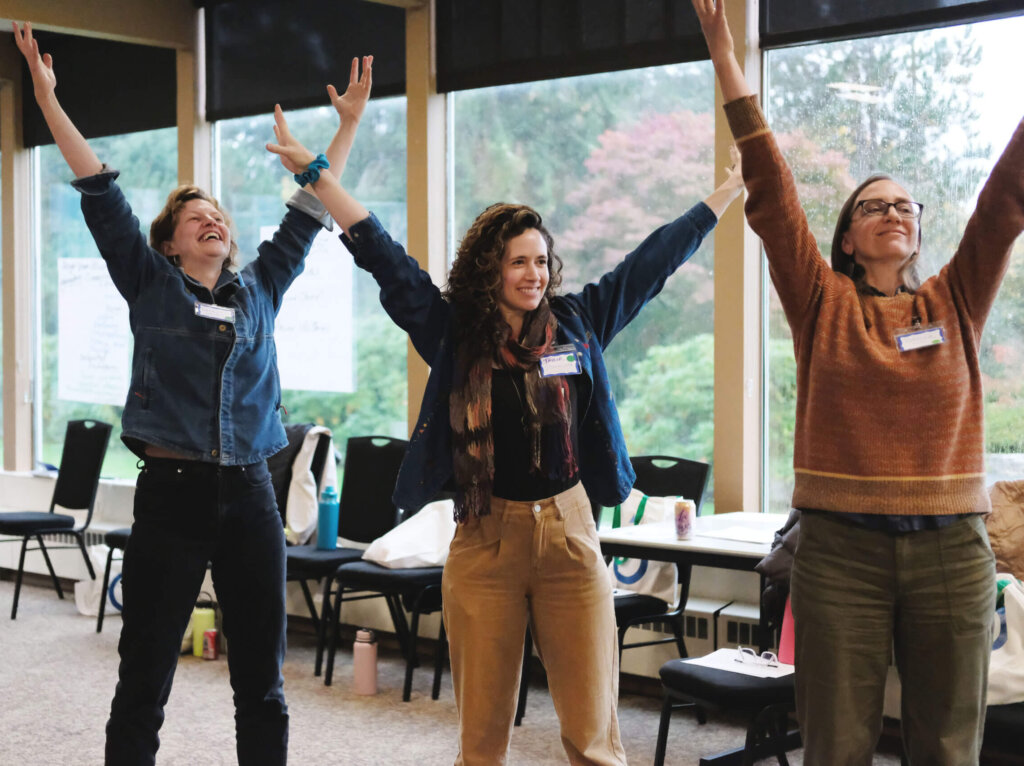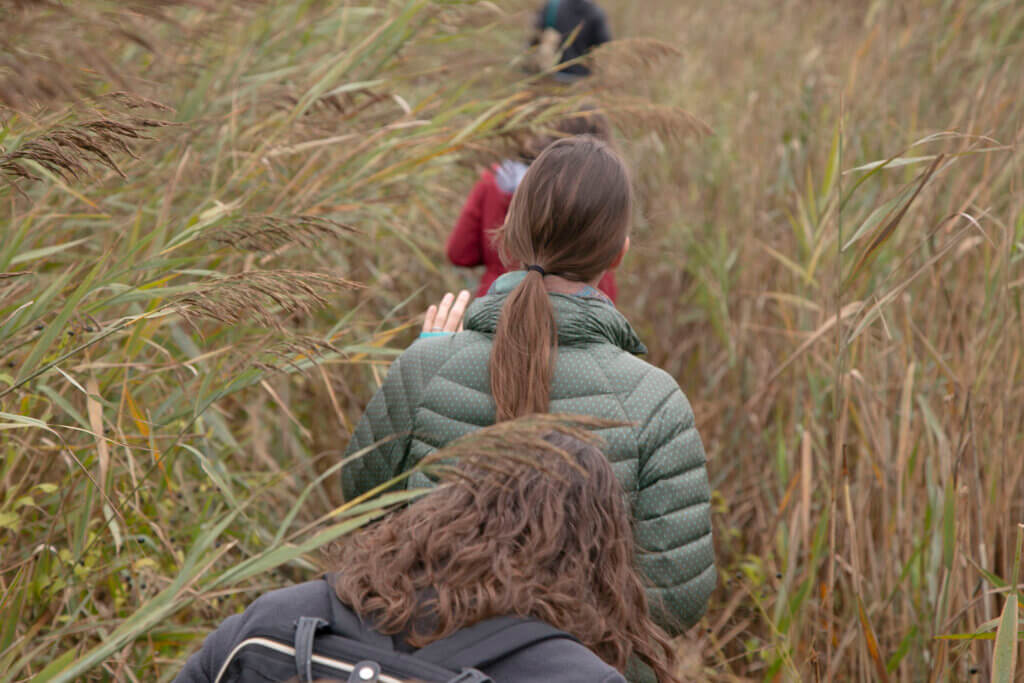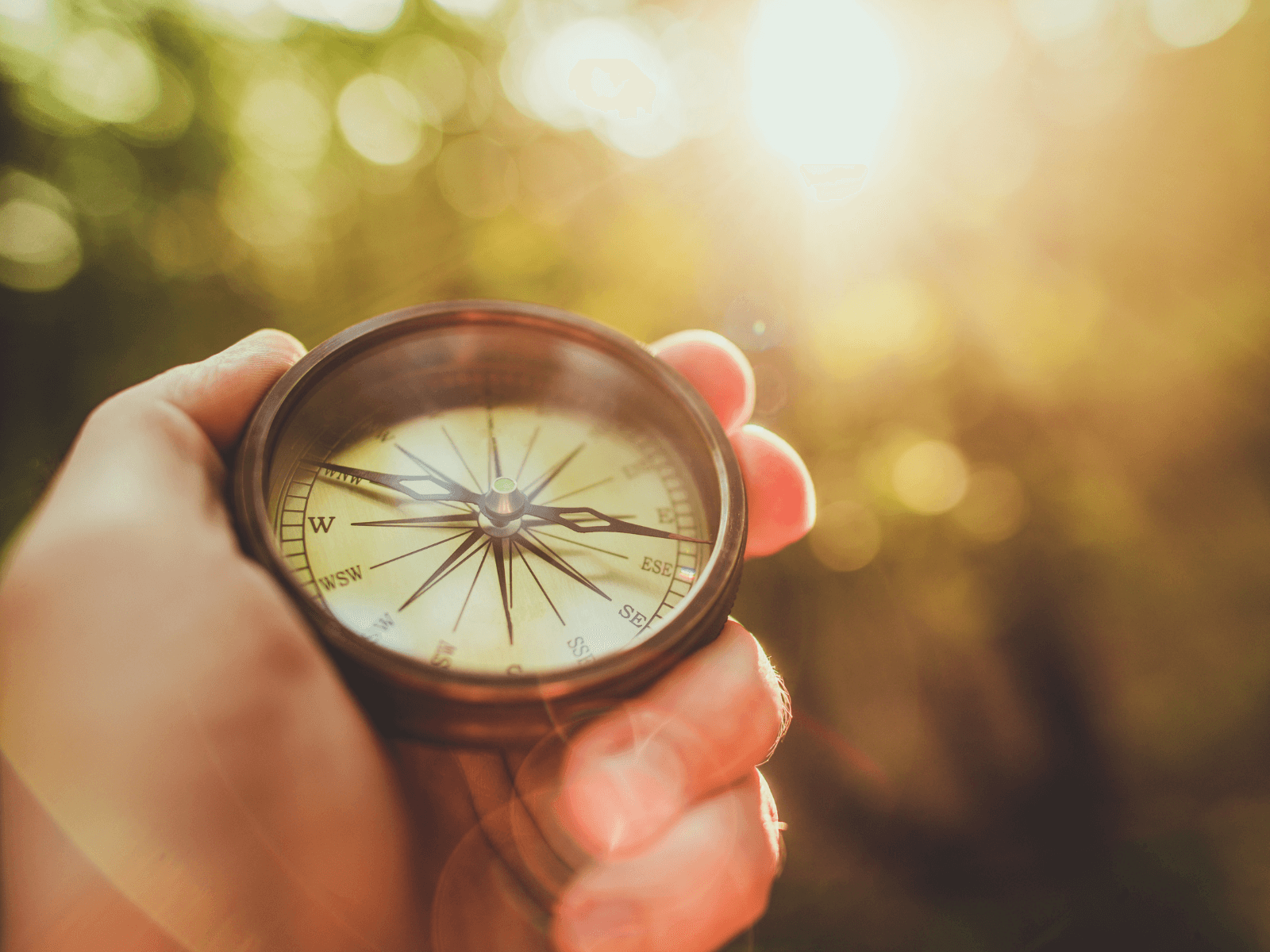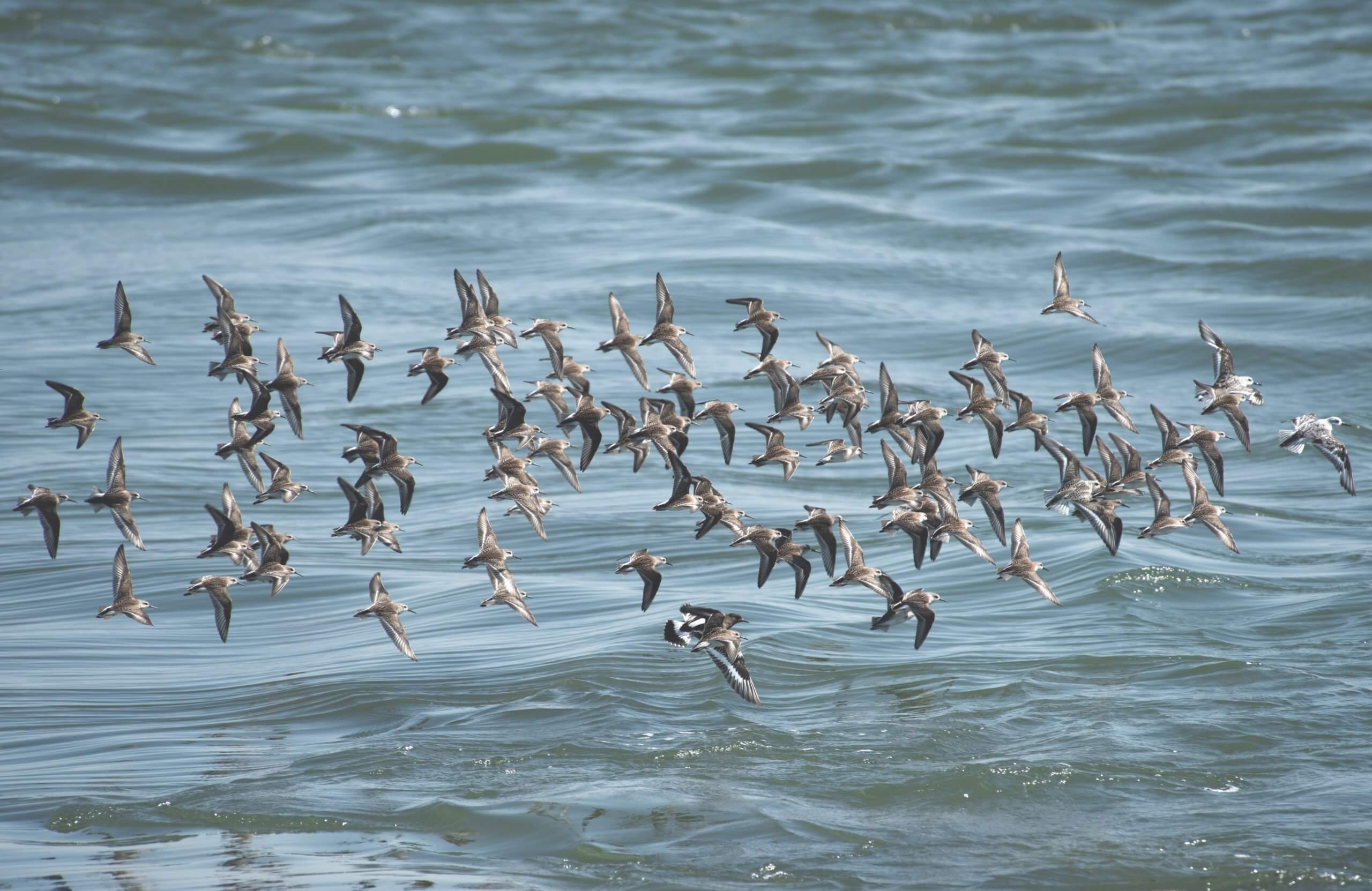This year, COMPASS is celebrating over 25 years of supporting science communication and engagement. Since our founding, we’ve had the privilege of learning alongside tens of thousands of passionate professionals who are working on some of the most pressing environmental and social challenges of our time — from conservation to wildfire management, marine carbon dioxide removal, aquaculture, and more.
We’ve been fortunate to be part of this work and to help guide COMPASS’s growth from early on; Kelly has been with COMPASS since 2016, Heather Reiff since 2010, and Heather Mannix since 2014. In our time with COMPASS, we’ve seen firsthand the lasting impact individuals can have when they are supported to engage in meaningful, purposeful ways.
At a time when our community is experiencing increasing political pressure, funding cuts to vital research, rollbacks of hard-won rights and protections for people and the environment, and dismantling of the institutions that uphold them — we know this work has never been more urgent.
As we mark this milestone, we’re deepening our commitment and reflecting on the key approaches that have shaped our journey and how they continue to inform our work today.
1. Embracing Different Pathways for Impact
One of the most impactful changes we’ve made is expanding our approach to include and support multiple pathways for change.
Early on, COMPASS focused primarily on helping scientists engage with journalists. We provided training in writing press releases, preparing for interviews, and understanding how the media works. Media engagement remains a vital pathway for informing public discourse and a prominent part of our work; but over time, we’ve expanded our efforts to support people in connecting directly with a wider range of audiences that may require different, more long-term engagement—including community groups, Indigenous knowledge holders, policy-makers, and others.
By embracing different audiences and forms of engagement, we’re better equipped to inform and shape discourse, because impact takes many paths.

2. Creating Space for Perspective Sharing
It’s not just about who’s in the room—it’s about how the people in the room connect with each other.
We’ve learned that one of the most powerful things we can do is create environments where people with different roles, backgrounds, and areas of expertise can interact meaningfully. That’s why many of our communication trainings include immersive, scenario-based exercises where participants can connect and test their messages with people who represent different audience groups.
These interactions offer more than feedback; they open a window into other’s world and how their perspectives shape the way they interpret, question, and respond to the information being shared. Participants walk away with deeper empathy for the people they’re engaging with and better informed strategies, making their communication more relevant, respectful, and impactful.

3. Prioritizing Personal Development
Over the years, we’ve seen that the most effective communicators are those who are willing to examine their own perspectives, question their assumptions, and navigate complexity with humility.
We emphasize this throughout all our work, but we explore this in depth in our Leadership Programs, where communication training is intertwined with personal growth. We encourage participants to consider questions of ethics, power, and purpose. In doing so, we support them in developing a communication plan that is not only strategic, but also values-aligned.
These programs consistently lead to transformation — not just in how people communicate, but in how they collaborate with others and shape the systems they’re part of.

4. Adapting with Purpose and Intention
The landscape of science communication has changed significantly over the past 25 years — and perhaps even more rapidly in the last few.
Today, scientists and experts have to contend with increasing polarization, misinformation and disinformation, and even direct attacks on their work. The urgency of the issues is rising—and so are the stakes and challenges around engagement.
That’s why we continue to develop offerings that address these realities. In recent years, we’ve introduced more workshops and resources to help professionals navigate more nuanced circumstances like communicating through conflict, engaging constructively on polarized topics, and sharing risk information in ways that are clear, meaningful, and actionable.
This year, we’ve expanded support for government workers in the United States, recognizing the unique hardships they are facing with recent layoffs and funding cuts that compromise the work they do to protect our health, environment, and communities. We’re also deepening our work on congressional engagement, because the need for evidence-informed policymaking has never been greater.
5. Broadening Our Lens
COMPASS began with a focus on ocean scientists. But over time, we’ve broadened our scope — as well as our definition of expertise.
Today, we support people working across a wide range of systems, from land and ocean conservation to food systems, environmental justice, and public health. Moreover, we intentionally elevate and bring together different ways of knowing, including physical sciences, Indigenous knowledge, social sciences, and lived experiences.
This broader lens has enhanced how we help people plan engagement strategies around complex challenges. It’s pushed us to ask: Who is in the room? Whose voice is missing? What other factors are at play in how an issue evolves?
What we’ve learned by continuing to expand our network and cultivate new collaborations is this: the challenges are interconnected — and so are the opportunities for change. We’re excited to keep growing in ways that build meaningful connections with and between the people working to advance the wellbeing of people and nature.

If you’re working for the wellbeing of people and nature, we’d love to partner with you!
Whether it’s through personalized one-on-one coaching, strategic policy engagement, in-depth Leadership Programs, interactive group workshops or a flexible mix of our different offerings through our new Catalyst Program — we bring extensive experience to help you amplify the impact of your work.
To everyone who has partnered with us or supported our work over the years: thank you! Your belief in our mission has helped us advance collaboration, evidence-informed decision-making, and compassionate leadership when it’s needed most.
If you share our vision, we invite you to become a donor and help us continue building a more connected, informed, and just future.
Here’s to the next 25 years and all we’ll build together!
– Kelly, Heather, and Heather



